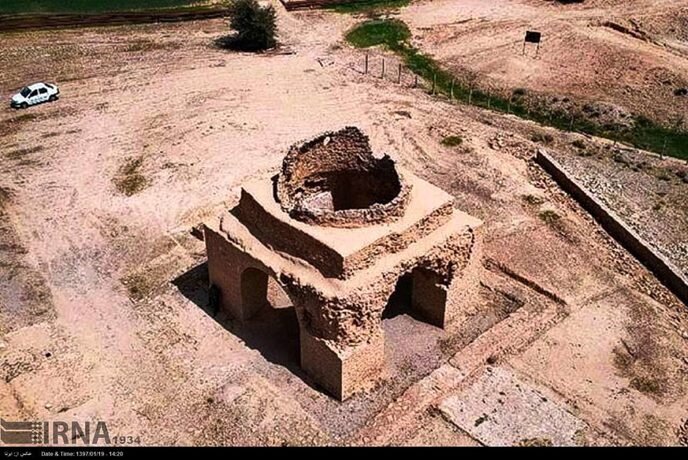INSUBCONTINENT EXCLUSIVE:
TEHRAN-- Qasr-e Shirins tourist chief believes that the Sassanid ruins of the western Iranian city have high potential to be signed up on
the UNESCO World Heritage list
A Sassanid collection in this city has a really high capacity for world (UNESCO) registration, which we are pursuing this essential point to
present these unique works to the entire world, the tourism chief of the ancient city said on Wednesday.Within the Sassanid complex of Qasr
Shirin, there are four considerable traces of the Sassanid duration, including Khosrows mansion, Chahar-Qapi fire temple, Ban fortress, and
a water-supply canal, the official explained.Qasr-e Shirins ensemble belongs of a Sassanid axis extended from Irans Kangavar to ancient
Ctesiphon, now positioned in Modern Iran, the main said.The two nearby countries seek to introduce this cultural heritage axis by doing
their finest to have it registered in the UNESCO list of World Heritage, he added.Last October, a brand-new round of archaeological
excavation was commenced in Qasr-e Shirin city to shed brand-new light on its history.Inscribed in UNESCOs Tentative list of Cultural
Heritage, the historical ensemble of Qasr-e Shirin consists of architectural and urban remains from the late Sassanian period and the early
Islamic periods such as the palace of Khosrau II, the Chahar-Qapi monolith, Ban Qaleh and the remains of a Safavid caravansary.The name of
the city implies The castle of Shirin who was the spouse of Khosrau II, the Sasanian king (r
Qasr-e Shirin has actually always played a critical function due to the fact that of its strategic geographical position and its place on
the Silk Road; as a crossroads, it linked ancient Persias plateau from East, consisting of Rey, Hamadan, and Kermanshah to Western
civilizations such as Chaledea and Babel.The palace of Khosrau II is a spectacular example of Sasanian architecture
The primary part of the building includes a rectangle-shaped hall covered with brick arches
Based on historical facts, the palace was integrated in a large garden where wild animals lived since khosrau was interested to keep
animals.Chahar-Qapi or Chahar Qapu is precisely a Chahartaq, which actually suggests 4 arches, that is an architectural structure
consisting of 4 arches or short barrel vaults in between 4 corner piers, with a dome on squinches over the main square; this square, the
lateral bays under the arches or barrel vaults together constitute a room of cruciform ground plan.Chahartaq and Iwan are the most important
architectural units created and established by Iranian designers
The primary use of this building was a fireplace to keep the holy fire of the Zoroastrian religion.Safavid Caravansary of Qasr-e Shirin
consists of large chambers and backyards for the ancient caravans
The other name of this monument is Abbasi, which refers to the collection of Abbasi caravansary spread in most of the Iranian cities.The
Sassanid age is of really high importance in the history of Iran
Under Sassanids, Persian architecture and arts experienced a basic renaissance
Architecture often took grandiose percentages, such as palaces at Ctesiphon, Firuzabad, and Sarvestan, which are amongst the highlights of
the ensemble.Generally, a Sassanid archaeological landscape represents an extremely effective system of land use and strategic utilization
of natural topography in the production of the earliest cultural centers of the Sassanid civilization.In 2018, an ensemble of Sassanian
historic cities in southern Iran, titled Sassanid Archaeological Landscape of Fars Region , was named a UNESCO website
The ensemble consists of eight historical sites positioned in 3 geographical parts of Firuzabad, Bishapur, and Sarvestan.The World Heritage
reflects the optimized usage of natural topography and attests to the influence of Achaemenid and Parthian cultural traditions and of Roman
art, which latter had a considerable effect on the architecture and artistic designs of the Islamic era.Apart from architecture, crafts such
as metalwork and gem inscription grew highly sophisticated, yet scholarship was encouraged by the state
In those years, works from both the East and West were equated into Pahlavi, the language of the Sassanians.AFM

